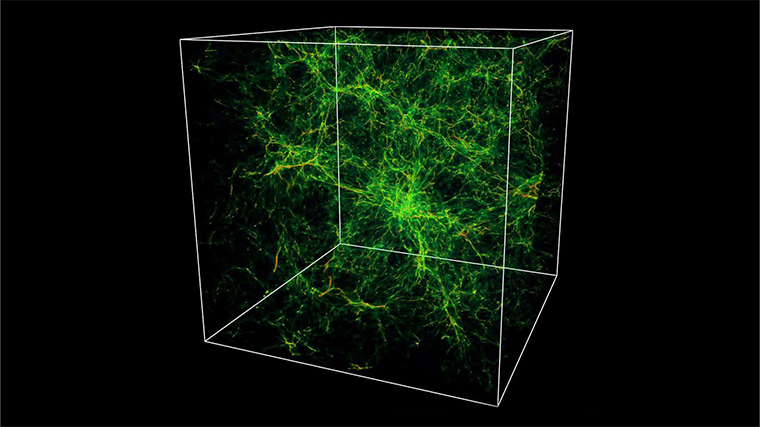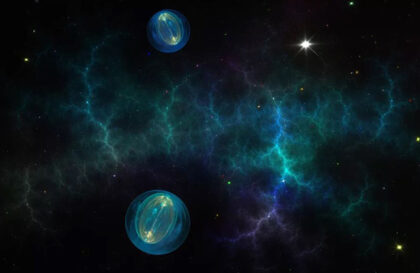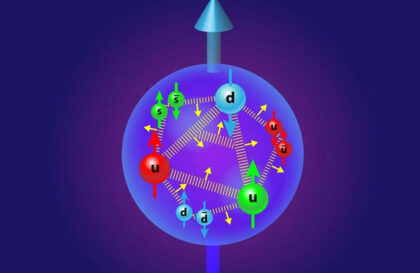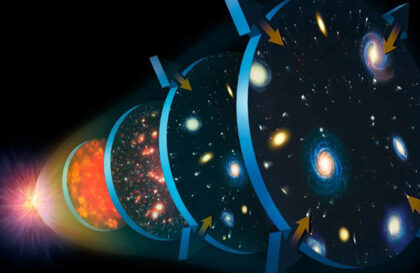Visible matter is only 5%. Intergalactic gas accounts for 3.6%, while stars and planets account for only 0.4% of the entire universe. However, almost half of this remaining “visible” matter is missing, i.e. 0.5%.
A team of scientists from the University of Colorado at Boulder has made a discovery that reveals the last hidden reservoir of ordinary matter in the universe. Ordinary matter, also known as baryonic matter, makes up everything from stars to black holes. So far, however, astrophysicists have been able to detect only two-thirds of this substance, supposedly formed as a result of the Big Bang.
As part of a new study, an international team of scientists has been able to detect the missing third of baryonic matter located in the space between galaxies. This is the last hidden reservoir of ordinary matter in the universe. This “missing” matter is presented as oxygen gas at an extremely high temperature of about 1 million degrees Celsius.
This discovery becomes a significant moment for astrophysicists. As study co-author Michael Schull explains, “This is one of the key aspects of testing the Big Bang theory – determining the ratio of baryons of hydrogen, helium, and other elements in the periodic table.” The results of the study were published on June 20, 2018, in the journal Nature.
Scientists have some idea of where most of the ordinary matter in the universe is. Approximately 10% are located inside galaxies, and 60% are in the form of diffuse gas clouds between galaxies.
Michael Shull and his colleagues suggested that these missing 30% of baryons could be in the form of a thin web in a space called the warm-hot intergalactic medium.
To search for those missing atoms between galaxies, scientists sent a series of satellites to quasar 1ES 1553, the black hole at the center of the galaxy that sucks in and ejects massive amounts of gas. They used the Cosmic Origin Spectrograph on the Hubble Space Telescope to identify possible regions where the missing baryons could be found. They then used the European Space Agency’s XMM-Newton satellite to detect these baryons.
So, as a result of the study, scientists have discovered signatures of highly ionized oxygen gas located between the quasar and our solar system. This missing matter has a high density, and if this result is extended to the entire Universe, then it can be up to 30% of the total volume of ordinary matter.
Image credit:
https://www.quantamagazine.org
https://www.nasa.gov






